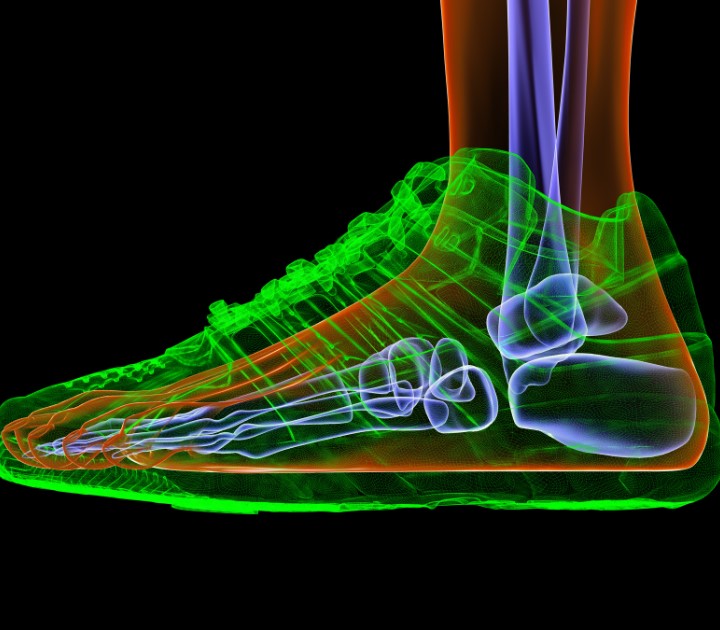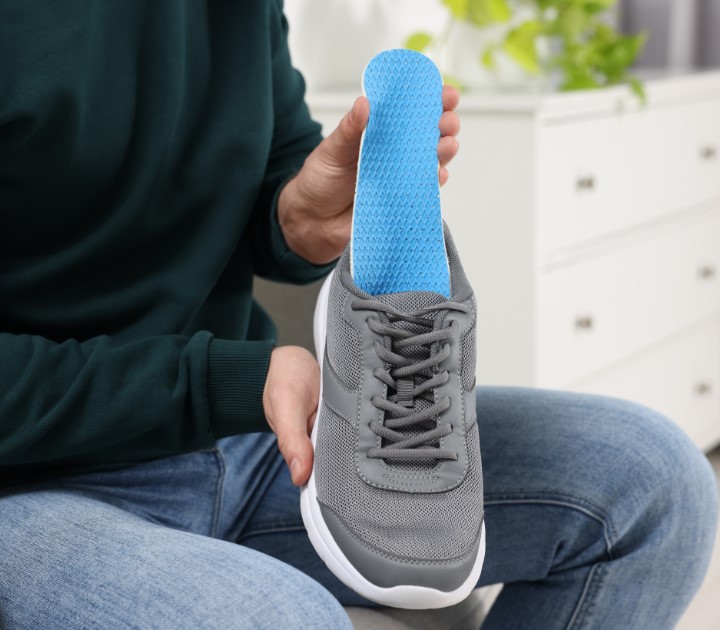Understanding Orthopedic Shoes & Their Impact on Foot Health

Are you tired of sacrificing comfort for style when it comes to footwear? Do you struggle with foot pain or discomfort that limits your daily activities? If so, it's time to discover the world of orthopedic shoes – where science meets style to provide unparalleled comfort and support for your feet. In this blog, we'll delve into the design and construction of orthopedic shoes, exploring how they are engineered to promote foot health and enhance your overall well-being.

The Anatomy of Orthopedic Shoes: A Closer Look
Orthopedic shoes are meticulously crafted to address a variety of foot conditions and provide optimal support and comfort. Let's break down the key components that make orthopedic footwear so effective:
1. Supportive Insoles:
At the heart of every orthopedic shoe lies a supportive insole designed to cradle your foot and provide stability. These insoles often feature cushioning materials such as memory foam or gel inserts to absorb shock and reduce pressure points.
2. Arch Support:
Many orthopedic shoes incorporate built-in arch support to promote proper alignment and reduce strain on the arches of the feet. This feature is particularly beneficial for individuals with flat feet or high arches.
3. Roomy Toe Box:
Orthopedic shoes typically feature a roomy toe box to accommodate the natural shape of your foot and prevent crowding. This helps reduce the risk of issues such as bunions, hammertoes, and ingrown toenails.
4. Breathable Materials:
The upper portion of orthopedic shoes is often made from breathable materials such as leather or mesh to promote airflow and prevent moisture buildup. This helps reduce the risk of fungal infections and keeps your feet feeling cool and dry.
5. Adjustable Straps or Laces:
Many orthopedic shoes feature adjustable straps or laces to allow for a customized fit. This ensures that your shoes stay securely in place without causing undue pressure or discomfort.

Innovative Materials and Technologies
Orthopedic shoe manufacturers are constantly innovating to improve the comfort and performance of their products. Some of the latest advancements in orthopedic footwear include:
1. Lightweight Materials:
Modern orthopedic shoes are often made from lightweight materials such as EVA foam or carbon fiber, which provide excellent support without adding unnecessary bulk.
2. Shock-Absorbing Soles:
Some orthopedic shoes feature shock-absorbing soles that help cushion your feet with every step, reducing strain on your joints and muscles.
3. Motion Control Technology:
Certain orthopedic shoes incorporate motion control technology to help stabilize your feet and prevent excessive pronation or supination. This can be particularly beneficial for individuals with gait abnormalities or overpronation issues.

The Impact on Foot Health
Orthopedic shoes are not just about comfort – they also play a crucial role in promoting foot health and preventing common issues such as plantar fasciitis, arthritis, and diabetic foot complications. By providing superior support, stability, and cushioning, orthopedic shoes help alleviate foot pain and discomfort, allowing you to stay active and mobile for years to come.
Conclusion: Step Into Comfort and Style
With their innovative design and advanced technology, orthopedic shoes offer the perfect blend of comfort, support, and style. Whether you're dealing with chronic foot pain or simply seeking a more comfortable footwear option, orthopedic shoes can make a world of difference in your daily life. So why settle for anything less than the best? Step into comfort and style with orthopedic shoes and experience the difference for yourself!


